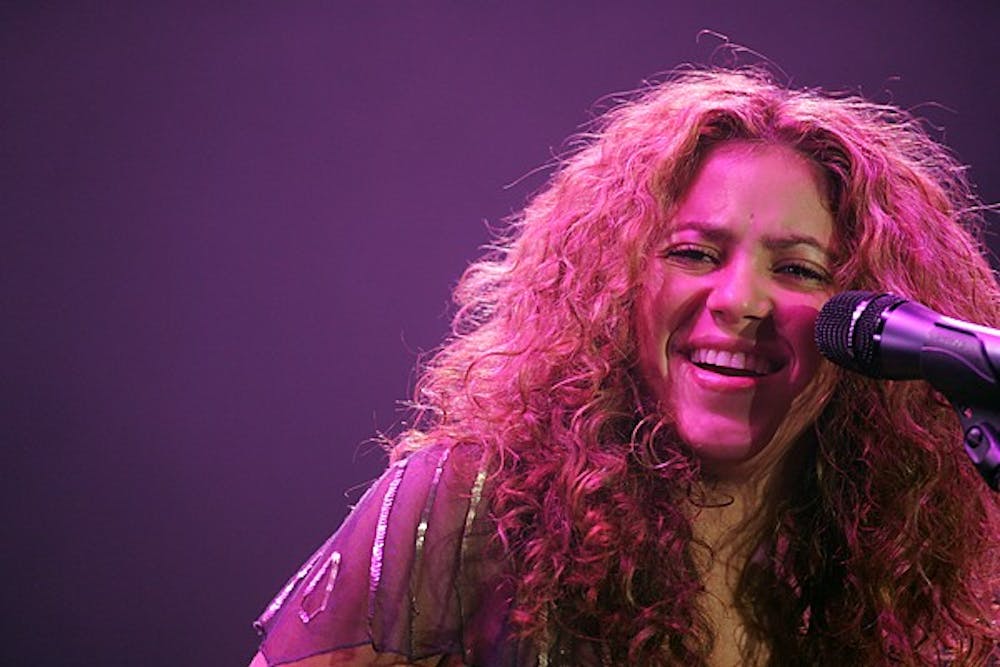Of course, some of that praise ought to come as no real surprise; After all, Disney built nearly its entire reputation on releasing polished, critically-acclaimed animated work. From Snow White to Frozen to Big Hero Six, they’ve run the gamut from fairy tales to sci-fi, always with a flourish, a song or two and some kind of talking mascot.
Despite their varied history, however, Disney has never, to this reviewer’s knowledge, released a film quite like Zootopia, a quirky buddy-cop mystery with, if you’ll pardon the animal-pun, surprisingly sharp teeth.
Zootopia is set largely in a city of the same name, in a world where anthropomorphic animals of all sorts have evolved to become the most developed beings on the planet. Among these animals is the ever-enthusiastic Judy Hopps (Ginnifer Goodwin), our rabbit protagonist who has recently come to the city to join the police force. Despite her drive and love for her job, however, Judy finds herself facing heavy discrimination on the force due to her lack of size and strength when compared to her fellow officers. After disobeying orders from her boss, Judy is nearly forced off the force, until a strange, eerie missing person’s case bursts through the door.
Betting her career on solving the case within two days, Judy takes to the streets, ready to prove her mettle as a proper police officer. Along the way, she conscripts a literal fox of a con-artist named Nick Wilde (Jason Bateman), and together the two tackle the sordid underbelly of Zootopia and begin to uncover a plot more sinister than it initially lets on.
At first glance, Zootopia seems like a very by-the-books buddy cop comedy, with a witty animal paint job. All of the stereotypes are in place: We start with the overeager-but-misunderstood, by-the-books cop; There’s the sly, street-wise con man she partners with; There’s the stern boss who doesn’t want to listen. Even the animal choices for each character seem, on the surface, to be very shallow symbols. Of course the eager, energetic underdog would be a rabbit; Of course the sly trickster would be a fox. The writing, humor, plot and characters are all controlled by archetypes and preconceived notions. Audiences have expectations before the film even starts.
Truly, the best part of this is that the film recognizes this. It knows that audiences are looking for very specific things out of each character based solely on what animal they are and what job they have in this animal-controlled world. It counts on it.

From that origin point, the film starts to take apart those expectations, one by one. Scene by scene, the film grows from a simple mystery to a surprisingly gripping analysis on society and the divisions between the people in it. The struggles Judy and Nick individually endure speak volumes about the notions of preconceptions. The lines between predator and prey animals, which are crucial aspects of the plot, carry surprisingly topical and compelling parallels to real issues facing society today.
Zootopia meticulously picks away not just what we as society tend to see in groups of people, but how those expectations forcibly twist the world and people around us to fit what we expect to see. More importantly, it highlights just how that thinking affects the faces behind the stereotypes, in a manner that can be easily digested even by very young audiences.
Zootopia is just as much dramatic allegory as it is animated comedy, and it is a much stronger film for it.
All that being said, it’s important not to lose perspective. Dramatic allegory or no, this is still a Disney film, targeting a primarily young demographic; A film like that can realistically only get so in-depth and serious. And yes, the film recognizes that it is, first and foremost, an animated comedy. There’s plenty of slapstick comedy and lighthearted jokes.
The animation is bright and colorful, with every animal beautifully rendered and incredibly expressive. The voice actors deliver their lines with oomph and energy, each with distinct personalities and quirks that will quickly endear themselves to audiences. Goodwin and Bateman particularly have such a fun chemistry between them that their characters are easily worthy of standing with some of the buddy-cop greats.
The beauty of these typical children’s film tropes, though, is that the way they are used doesn’t lessen the value of any of the film’s more powerful messages. It would have been so easy for Disney to leave Zootopia as simply a mystery-adventure with some quirky animal characters to sell toys.
They could have thrown in a shoehorned message at the last minute about everyone getting along, good beating evil or something similar, and no one would have faulted them for it. Instead, Disney took the road less travelled, offering a smart film that doesn’t shy away from issues that matter, and presenting it in such a way as to make the message accessible to absolutely anyone.
Zootopia is, to reiterate, easily one of the best films Disney has ever put out and is definitely worthy of some attention.
Overall rating: 9.5/10






